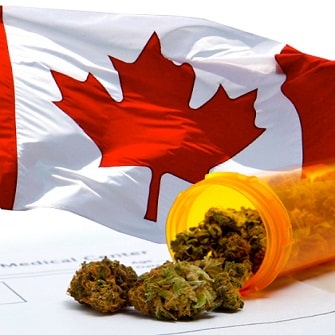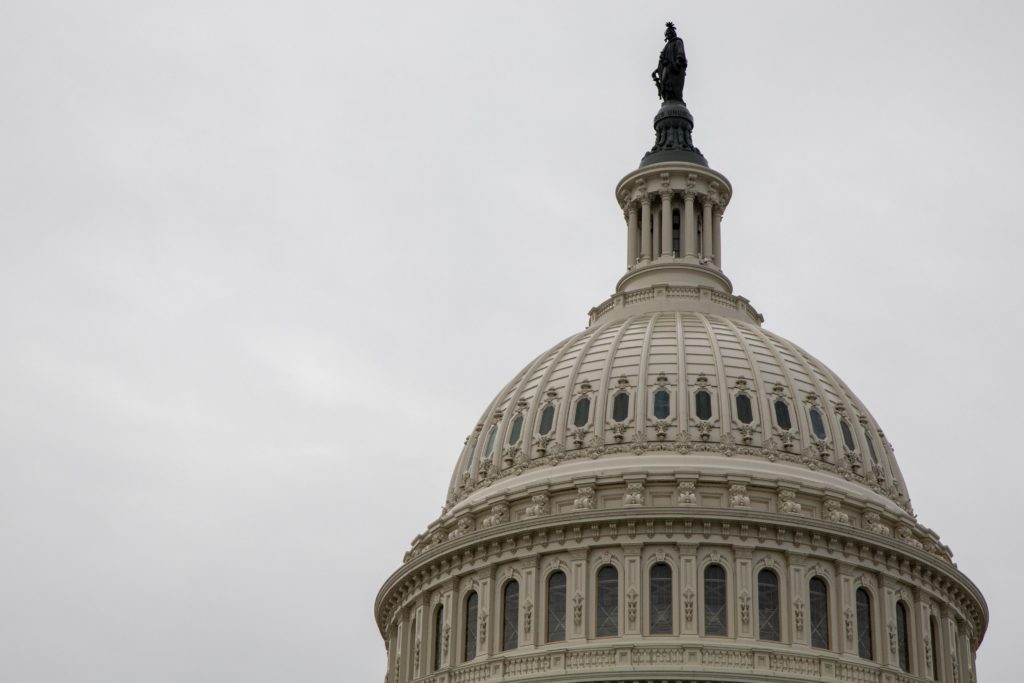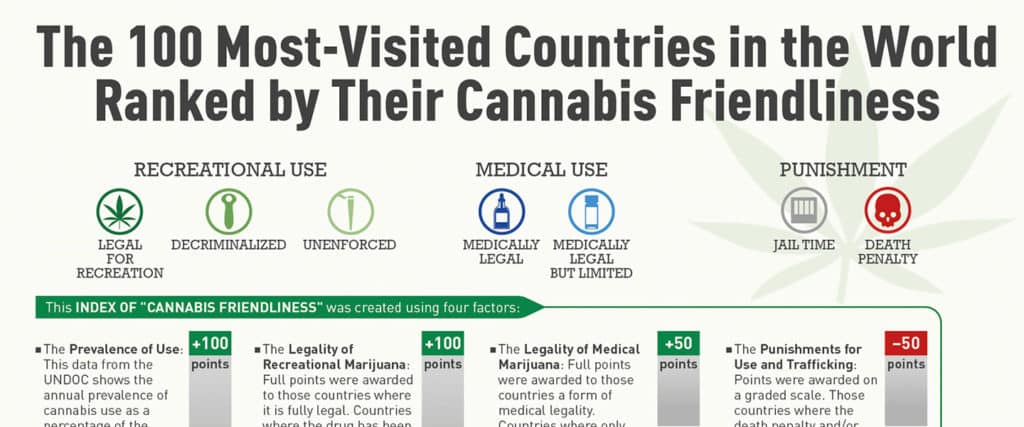The legalized cannabis market in Canada continues to roll out as more regulations are released by the Canadian government and companies work towards being as effective as they can for market needs while staying compliant and educating both media and consumers on products.
Most recently, the government set out rules governing the legal production and sale of edible cannabis, cannabis extracts, and cannabis topicals, with Health Canada saying the amended regulations “seek to reduce the health risks of these cannabis products” while also providing for a diversity of cannabis products. The amended regulations will take effect Oct. 17, 2019, but it will take time after that date for new cannabis products to become available for purchase. The release says a limited selection of products will appear gradually in physical or online stores no earlier than mid-December 2019.
Lift & Co. Corp. has been one of the leaders in the newly (fully) legalized Canadian cannabis industry since day 1. Nick Pateras is the VP of Strategy for Lift & Co.
“With the legalization of these products we will see even greater market acceleration than after the initial legalization window. There have already been major partnerships and investments—especially in the beverage category—as Canadian companies race for this competitive land grab opportunity. However, it’s important to note that regulations around edibles and other new products will be strict compared to what we currently see in the United States. Similarly, the restrictions we currently have in place for branding and plain packaging will carry over into these new categories, as well as restrictions for product potency and ingredients like nicotine or caffeine,” Pateras explained.
Matei Olaru is the CEO at Lift & Co. and added, “From a recent partnered study on edibles we expect the Canadian market will see 1.5 million new consumers in the first year of this next phase of legalization. By analyzing the data from our consumer review database at lift.co and our budtender training platform CannSell, we’re able to get an early look into this new consumer segment and we’re seeing key differences between this new canna-curious consumer and what the more experience canna-savvy consumer may want. Brands who are looking to win will be looking at who the early adopters are and aligning go-to-market strategies accordingly to gain an early edge amidst strict marketing regulations.”
Consumers are likely to face challenges understanding what new formats are being introduced to the legal market as well as what new products they may see on shelves. Helping consumers understand these new product formats is challenging because there is variability in some of the naming conventions. For example, Lift & Co. staff found different terminology across different websites (see chart).

For new cannabis consumers who may be trying dried flower and cannabis oil for the first time, understanding how these new product formats compare is difficult. Schedule 3 of the Cannabis Act lays out dried flower equivalents in terms of grams, which is what consumers need to know to calculate their personal public possession limits. The new regulations also set limits for licensed producers and manufacturers for the maximum amount of THC in each of these new product formats. The limits, and the way in which THC is presented on the label differ widely by format making it difficult to compare the amount of THC in a product.
It is important for consumers to understand that the method of consuming cannabis matters. Inhaling cannabis by smoking or vaping is different than consuming cannabis by eating or drinking it. When cannabis is eaten it is processed by the liver (not the lungs) and is converted into 11-Hydroxy-THC which can have effects on the brain that are up to 3-5 times stronger than regular THC[1]. This means that edibles can have stronger effects even at lower concentrations.
Additionally, while the Canadian government has pushed to allow homeowners to grow their own cannabis they have also taken precautions by limiting cultivation licenses to producers and shortening retail operating hours. And as a result, Canada’s total adult-use sales thus far were weaker-than-expected. Nonetheless, industry analysts believe that the Canadian market will mature and continue to thrive over the next several years as regulations tone down. Once cultivators ramp up operations and as more consumers enter into the marketplace, the Canadian market is positioned to become a global driving force for the cannabis industry. “I would say there’s a lot of adjustment that needs to take place in this sector,” said Bethany Gomez, Managing Director of Brightfield Group. “The good thing is Canada has one of the highest cannabis usage rates in the world — so it’s going to be a longer play.”
We will continue to follow the roll out of the industry and the market in Canada as it takes shape during what seems to be an ever-changing time for the cannabis plant.





